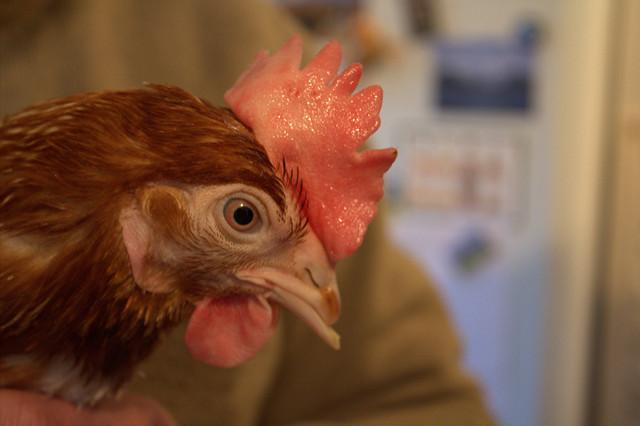Experts from several European countries today weighed in on the quickly expanding highly pathogenic H5N8 avian flu outbreaks that have hit more than a dozen countries, noting that some of the lessons they learned during outbreaks in 2014 and 2015 are useful for response preparations.
In new outbreak developments, Russia reported H5 infections affecting a large poultry farm, and Taiwan officials said tests have now confirmed H5N8 in two outbreaks in backyard birds that it first reported in early November.
European experts urge preparedness
The H5N8 virus turned up in Europe in October and has rapidly spread across central Europe, as well as India and parts of the Middle East. The virus has mainly affected waterfowl, but also birds of prey that feed on the carcasses, introducing the virus into local bird populations, the experts wrote.
Recent H5N8 outbreaks have occurred in eight countries, a pattern that resembles outbreaks involving H5N1 and H5N8 viruses of the same clade (2.3.4.4) that hit six countries in the winter of 2014-15. The experts said although the viruses are in the same genotype clade, they are in different groups, with those the 2014-2015 outbreak in group A (Buan-like) and the new H5N8 viruses in group B (Gochang-like).
So far the new H5N8 outbreak strain poses a very low threat to humans, but the lack of human immunity and expanding range in birds warrant careful monitoring in birds, the scientists said. Because of concerns about H5N8 infecting mammals such as cats and dogs, the experts urged precautions to protect them from exposure.
For humans, the general population should avoid exposure by avoiding contact with dead wild birds, and local health officials should limit the number of people exposed to sick birds and ensure that those with occupational exposure have appropriate personal protective equipment.
They noted at a review of protocols used during the 2014-15 outbreaks found that response steps were adequate, but challenges remained, such as timely sharing of information between human and animal health sectors. Also, countries varied on their recommendations for antivirals and seasonal flu vaccines, and the experts urged each country to review their rapid access to antiviral supplies.
Russian outbreak
Russia's agriculture ministry said H5 has been detected in laying hens in one of seven buildings at a farm in Astrakhan oblast, located in the far southwestern part of the country on the Caspian Sea, according to a report to the World Organization for Animal Health (OIE). The virus killed 5,100 of 54,360 susceptible birds in the building.
The outbreak began on Dec 2, and authorities ordered several measures, such as controlling poultry movement, screening, and disinfection. The remaining birds will be culled to curb the spread of the virus.
Also today, Russian officials said further tests from samples collected following a pair of outbreaks in backyard birds in the Republic of Kalmykia, a province that borders Astrakhan oblast, revealed H5N8. The outbreaks began in early November, killing 137 of 203 susceptible birds.
H5N8 turns up in Taiwan slaughterhouse
In other avian flu developments, Taiwan today said tests on poultry carcasses that had signs of illness on postmortem inspection at a slaughterhouse in Taichung City were positive for H5N8, according to a report to the OIE. The outbreak began on Nov 16, and the carcasses have been destroyed and the slaughterhouse has been cleaned and disinfected. Authorities have sampled birds from the source farm and are awaiting test results.
Taiwan has battled several H5N8 and H5N2 outbreaks since early 2015. The new H5N8 detection is its first since July.
See also:
Dec 8 Eurosurveill report
Dec 8 OIE report on Russian poultry outbreak
Dec 8 OIE update on earlier Russian poultry outbreaks
Dec 8 OIE report on Taiwan H5N8 outbreak




















